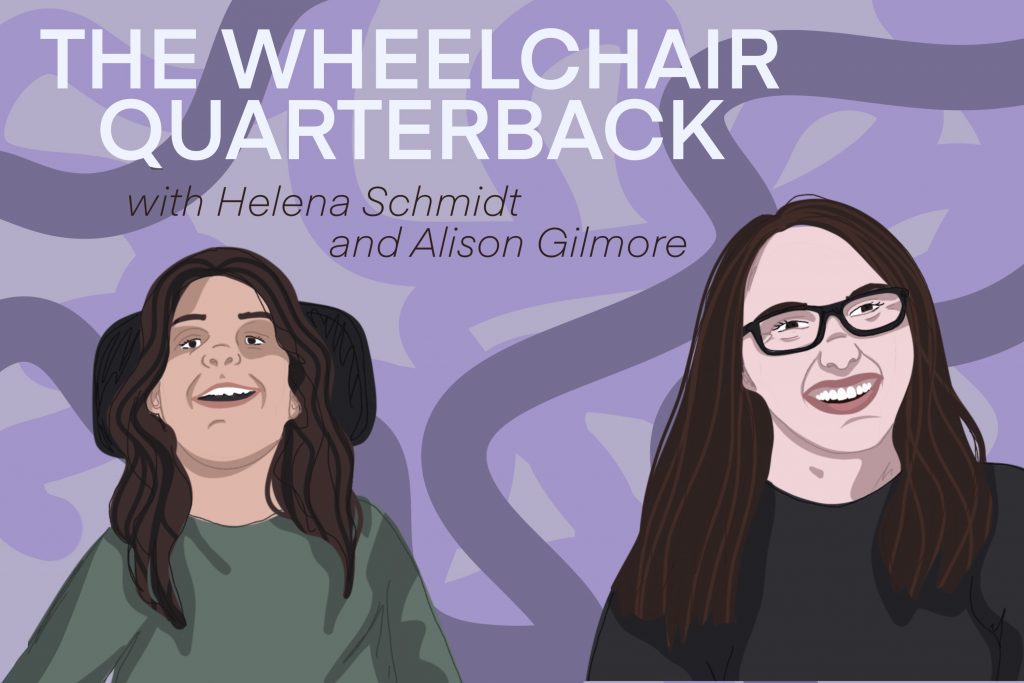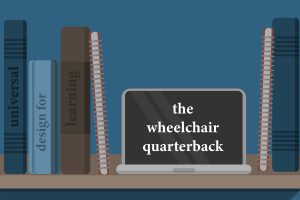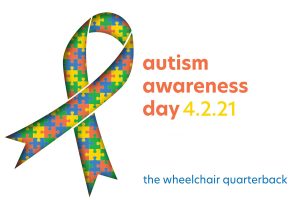Column: Women with disabilities shift narrative around disability awareness
Column: Women with disabilities shift the narrative around disability awareness

Helena Schmidt sees her position as a rising female disability advocate through multiple lenses. In a way, she doesn’t see much difference between the struggles men with disabilities encounter compared to those she and other women with disabilities grapple with. In another, the existing differences often consume her daily life.
With March being both Cerebral Palsy Awareness Month and Women’s History Month and April being Autism Acceptance Month, Schmidt, who has cerebral palsy, has paid the debate extra attention lately.
She has concluded it is a balancing act.
“I don’t know if men with disabilities get treated differently than women with disabilities,” said Schmidt, an incoming freshman at Cazenovia College. “But I approach advocacy as important to educate other people or else we won’t get what we need. It’s not really a gender thing. For me, advocating is not really a choice because if I never advocated then people wouldn’t know my needs and wants.”
But others think there’s more to the story.
Syracuse University sport analytics freshman Alison Gilmore said the differences in how society treats men with disabilities and women with disabilities are broader than that. The unique struggles that female advocates encounter are extensions of what women deal with in general, she said.
Given historical roles or a lack thereof for women and people with disabilities, it seems like women with disabilities have to work exponentially harder than other women or disabled men to prove themselves, Gilmore said.
“I think that when women advocate, it can be seen as a way of seeking attention rather than educating others. It could be harder for us to gain respect because of societal roles,” Gilmore said. “I sometimes think people will think I share what I share for pity, attention, praise, etc. But I am always open about why I share what I do in order to eliminate that possibility.”
Schmidt feels that being a woman with a disability gives her an advantage because she can show what disabled women are capable of. Through her experiences, she has realized the importance of having people she can connect with and the difficulty of finding people she shares experiences with.
She and Gilmore said they want to be that figure for girls with disabilities someday and help them challenge the stereotypes about the disability community as female advocates like Kathy O’Connell have done for them.
O’Connell, director of Radiant Abilities, which specializes in dating and relationships for people with disabilities, said she strives to push back on the narrative that disability is a weakness.
“I see my disability as an advantage because it gives me a view of the world and of other people that I would not have otherwise,” O’Connell said. “By this, I mean having a disability has given me the experience of struggle and challenge at times but finding the ability, strength and creativity to figure out how to figure things out in my own way and get what I want in life.”
Gilmore said it’s “crucial” for her to take over where past advocates have left off.
She sees advocacy as part of her purpose because she wouldn’t be where she is if not for their willingness to step out, share their stories and thus lead change.
Gilmore said advocacy inspires her to erase the stigma around disability while being transparent about what life is like with it. In doing so, she hopes to educate others, which she said fosters a deeper understanding and leads to a more inclusive society.
The ongoing women’s rights movement‘s efforts to stray from gender norms have eased some of these problems, Schmidt said. Compared to decades ago, it’s more acceptable for women to wear pants instead of dresses, and that relieves pressure. “But there is still somewhat of an expectation and social norm,” she said.
As a young woman, Schmidt thinks about clothing norms often.
“I like to wear cool shoes and heels, but it’s really hard because my feet are not cooperative. And I like to have long hair but it gets knotty a lot from my headrest,” Schmidt said. “I can’t do as many cool things with it because I use a headrest. Also, I like wearing jewelry, but I don’t wear a lot because it gets caught on my chair or gets in the way. I’ve lost a million earrings.”
Motivated by past liberation movements for women and people with disabilities, Schmidt considers eradicating these norms her lifelong mission.
“Women’s History Month is really well-known, but the days and months of awareness for disabilities are not well known,” Schmidt said, adding that she aims to advocate for change like generations of women before her.
“My hope is that someday, they will be better known and people with disabilities will be more normalized in our society,” Schmidt said.
Editor's Note:
SU magazine senior Joey Pagano’s column, The Wheelchair Quarterback, appears regularly on The NewsHouse this semester and features insights on issues facing people with disabilities with a focus on empowerment. Inspired by first-hand experiences, The Wheelchair Quarterback reports with a solutions- and advocacy-journalism approach.








